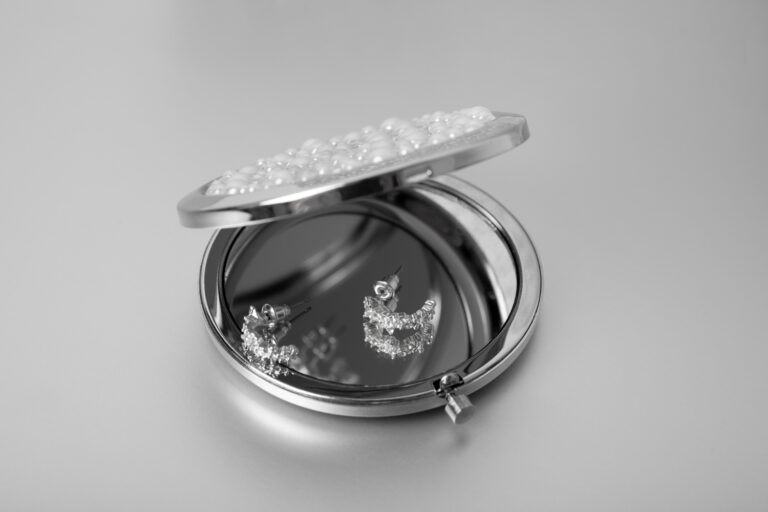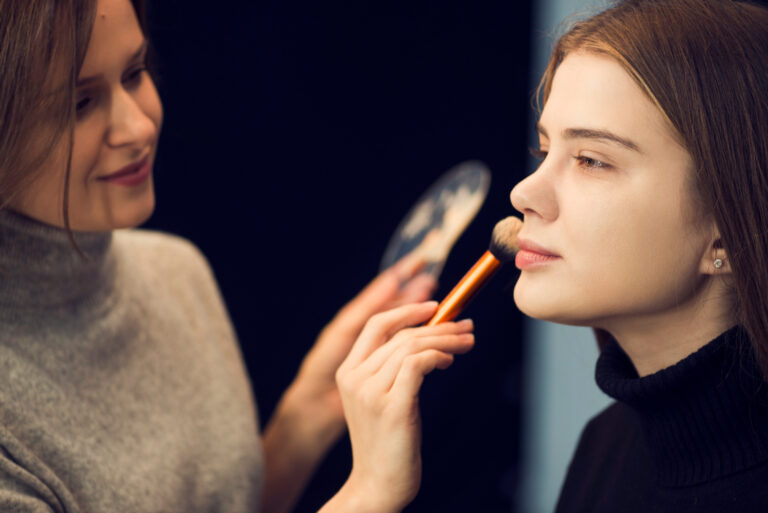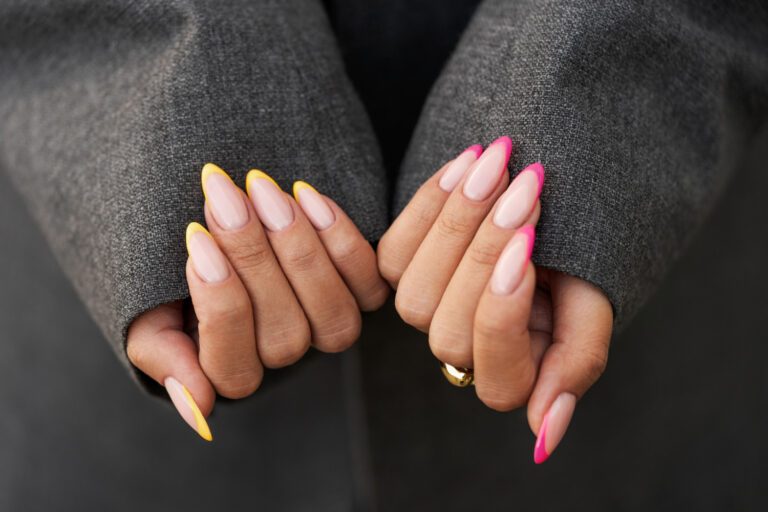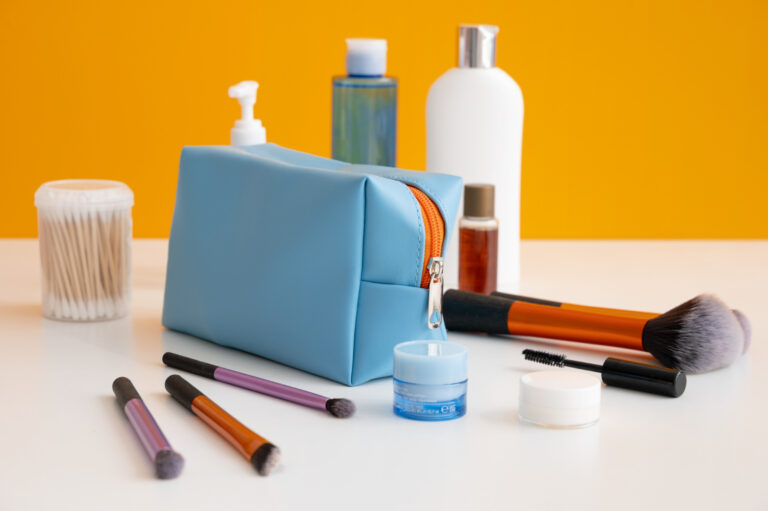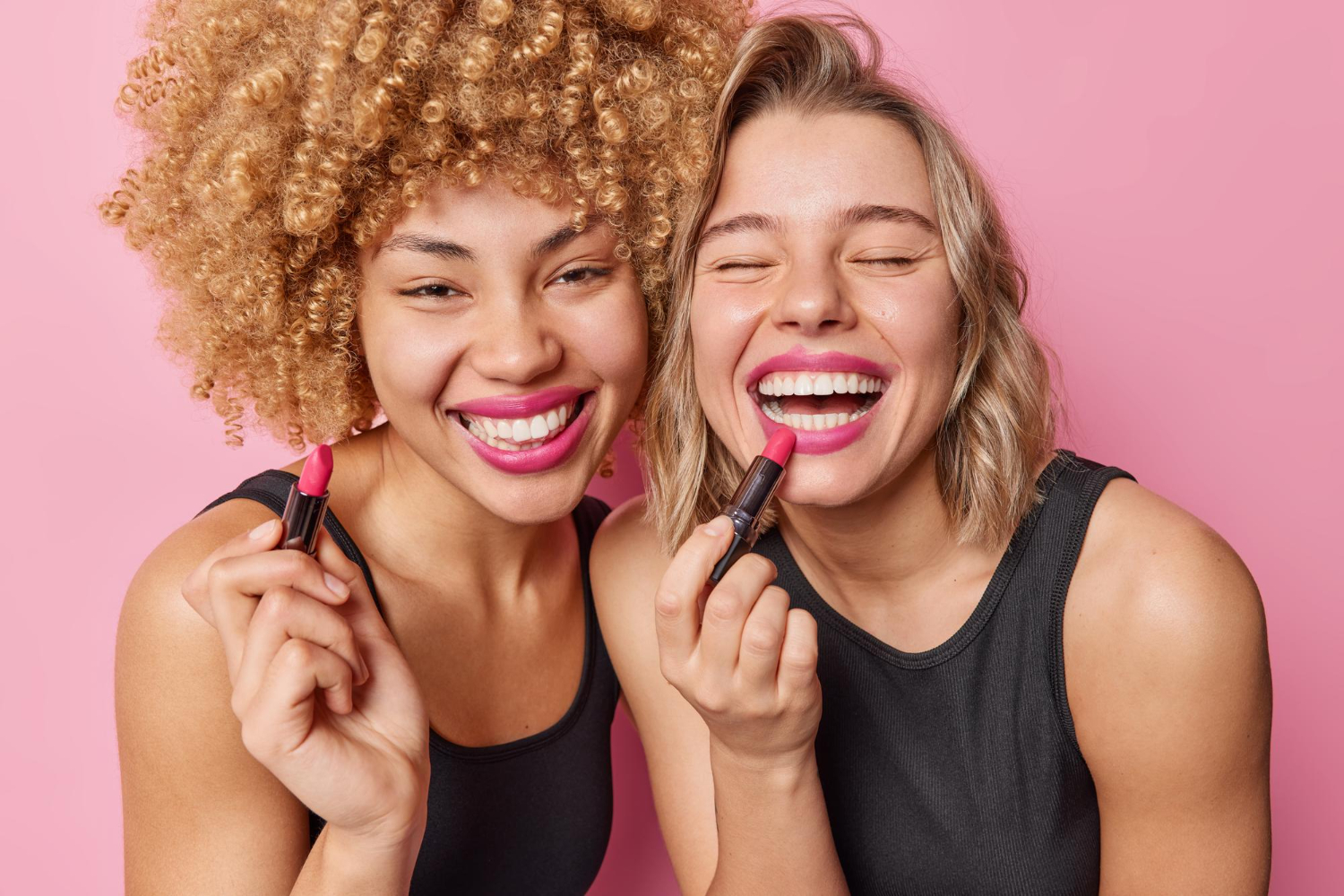
The term “lipstick lesbian” refers to a lesbian who presents as traditionally feminine in her appearance and behavior. This term is often used to describe lesbians who enjoy makeup, fashion, and other traditionally feminine pursuits.
We will talk about the history of the word “lipstick lesbian,” its influence on the lesbian community, and the difficulties that those who identify as lipstick lesbians encounter in this article.
Origins of the Term “Lipstick Lesbian”
The term “lipstick lesbian” is believed to have originally originated in the 1980s and 1990s, when lesbianism became more pervasive in popular culture. At the time, many people believed that lesbians were predominantly masculine in their appearance and behavior. However, the emergence of lipstick lesbians challenged this stereotype by showing that lesbians could also be feminine and still be attracted to other women.
Impact on the Lesbian Community
The term “lipstick lesbian” has had both positive and negative impacts on the lesbian community. On one hand, it has helped to broaden the definition of what it means to be a lesbian and has given feminine lesbians a visible place within the community. This has helped to break down stereotypes and increase acceptance of diverse sexual orientations and gender expressions.
However, the term “lipstick lesbian” has also come under fire for perpetuating preconceived notions about gender and sexuality. The word, according to some, indicates that more feminine lesbians are somehow less “authentic” or “real” than more masculine lesbians. This, they claim, can cause internalized homophobia and prejudice within the community.
Challenges Faced by Lipstick Lesbians
Individuals who identify as lipstick lesbians may face a variety of challenges in their personal and professional lives. For example, Depending on their gender expression and sexual orientation, individuals could experience harassment and discrimination. They may also struggle to find acceptance within both the LGBTQ+ community and mainstream society, as they may be seen as not “queer enough” or too “femme” to be taken seriously as lesbians.
Additionally, lipstick lesbians may face pressure to conform to traditional gender roles and stereotypes, such as being expected to be submissive or passive in their relationships. Additionally, they might experience pressure to conceal their sexual orientation in particular social or professional contexts, which can cause them to feel alone and alienated.
Conclusion
The phrase “lipstick lesbian” has been crucial in broadening the concept of what it means to be a lesbian, as well as in eradicating prejudices and fostering a more accepting environment for people of all sexual orientations and gender expressions.
However, the term also has its limitations and challenges, and individuals who identify as lipstick lesbians may face discrimination, harassment, and pressure to conform to traditional gender roles. Despite these challenges, lipstick lesbians continue to make valuable contributions to the LGBTQ+ community and society as a whole.

